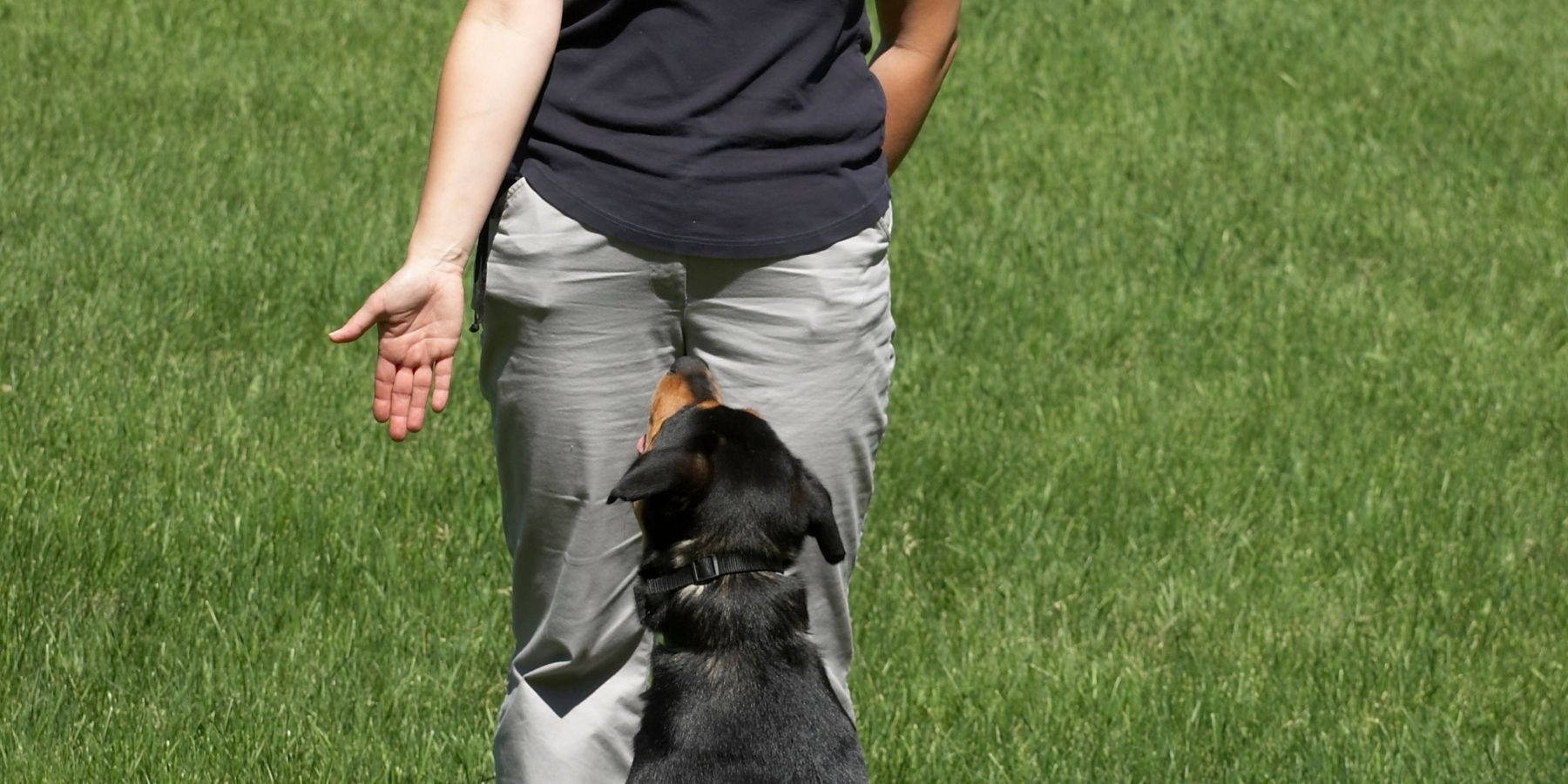Training a puppy is an adventure filled with challenges and rewards. One of the most effective training methods involves using dog command hand signals. These non-verbal cues are not just a fancy trick; they are essential for effective communication between you and your furry friend. But when is the right time to introduce them? Let’s dive into the world of puppy training to find out!
The Right Age for Training
Puppies are like sponges, ready to absorb everything they see and hear. The ideal age to start training is around 8 weeks. This is when they are most receptive to learning new commands and behaviors. Start with basic verbal commands like ‘sit,’ ‘stay,’ and ‘come.’ As they master these, it’s the perfect time to introduce dog command hand signals.
Benefits of Hand Signal Training
Hand signals offer several advantages:
Clarity in Communication: Sometimes, words can be lost in the hustle and bustle of life, but a clear hand signal is hard to miss.
Long-Distance Commands: They are perfect for communicating with your pup across a park or a large yard.
Aging and Health: If your dog faces hearing loss in old age, hand signals can be a lifesaver.
Introducing Hand Signals
Start simple. Pair each verbal command with a distinct hand signal. For example, a flat hand facing down for ‘sit.’ Consistency is key. Always use the same signal for the same command. Practice in short, positive sessions to keep your puppy engaged and happy.
Progressing with Training
As your puppy gets the hang of it, gradually reduce verbal commands, letting the hand signals take the lead. Remember, patience and positivity are your best tools in training. Celebrate each success with treats and praise!
FAQs
Q: How often should I practice hand signals with my puppy?
A: Practice daily, but keep sessions short (5-10 minutes) to maintain your puppy’s attention.
Q: What if my puppy doesn’t respond to a hand signal?
A: Go back to pairing it with a verbal command. Patience and repetition are essential.
Q: Can older dogs learn hand signals?
A: Absolutely! Older dogs can learn new tricks, including hand signals. Start slow and be patient.
Q: Should I use treats every time my puppy follows a hand signal?
A: Initially, yes. Gradually replace treats with verbal praise and petting as they master the command.
Q: How many signals should I teach my puppy?
A: Start with basic commands like sit, stay, and come. You can introduce more as they learn.
Hand signals are a powerful tool in your puppy training arsenal. They foster a deeper understanding and bond between you and your pet. Remember, the key is to start at the right time and proceed with patience and consistency. Happy training!
